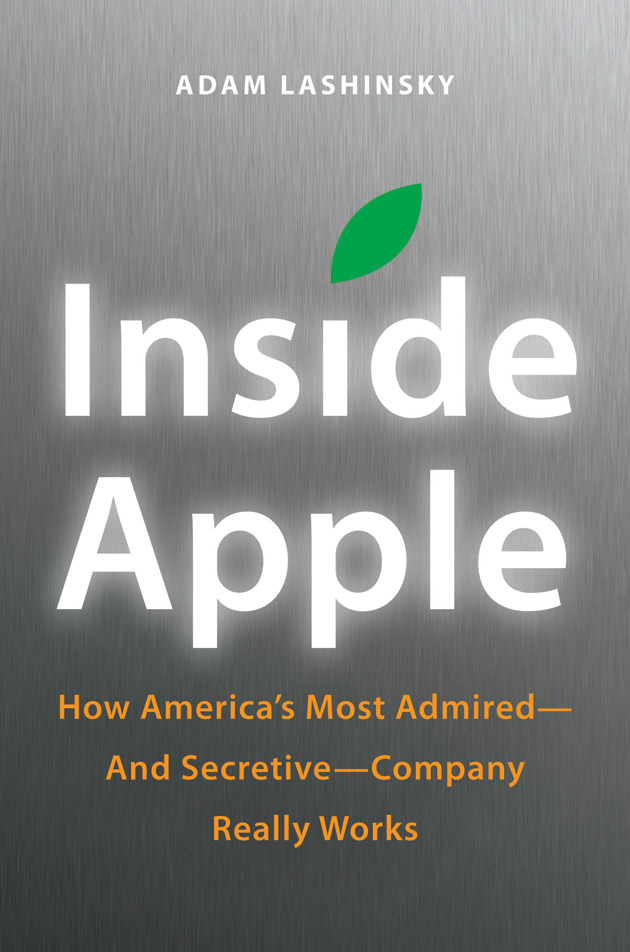 The success of Apple has been well documented. It is the largest company in the world by some measures and its retail stores, which sell more merchandise per square foot ($4,709) than any other chain, are as valuable as the White House (appraised at $4,752 per square foot). And in the fourth quarter of 2011, more iPhones were sold than there were babies born in the world. Not bad for a company that was on the verge of bankruptcy only 15 years ago. At the same time, however, Apple has operated under a veil of secrecy that rivals that of the most clandestine intelligence agencies.
The success of Apple has been well documented. It is the largest company in the world by some measures and its retail stores, which sell more merchandise per square foot ($4,709) than any other chain, are as valuable as the White House (appraised at $4,752 per square foot). And in the fourth quarter of 2011, more iPhones were sold than there were babies born in the world. Not bad for a company that was on the verge of bankruptcy only 15 years ago. At the same time, however, Apple has operated under a veil of secrecy that rivals that of the most clandestine intelligence agencies.In his book Inside Apple, Adam Lashinsky, an editor at Fortune magazine, gives readers a look behind the curtain and reveals unconventional business practices that run contrary to any preconceived notions about the "right" way to run a company. Lashinsky paints a fascinating picture of an organization headed by a charismatic, but dominating, leader, who managed from the top down and, in doing so, instilled a culture of secrecy, paranoia and even conflict among employees, who operated in a closed system and on a need-to-know basis. This was not the stereotypically fun Silicon Valley work environment.
But for all of Apple's internal idiosyncracies, Lashinsky points out that Steve Jobs' methods hold important lessons for any company. By managing Apple the way he did, Jobs allowed the company to retain the nimble feel of a start-up even as it grew into a multi-billion-dollar corporation. The closed work environment let employees focus only on the work they were hired to do, and all employees, as over-worked and under-appreciated as they may have felt, bought in to the core message that Apple's only purpose was to produce the best-quality products for its customers.
Not every company can duplicate Apple's corporate culture. But in a time when the bottom line is too often the only priority, it helps to be reminded that sometimes doing things differently can not only prove successful -- it can change the world.
